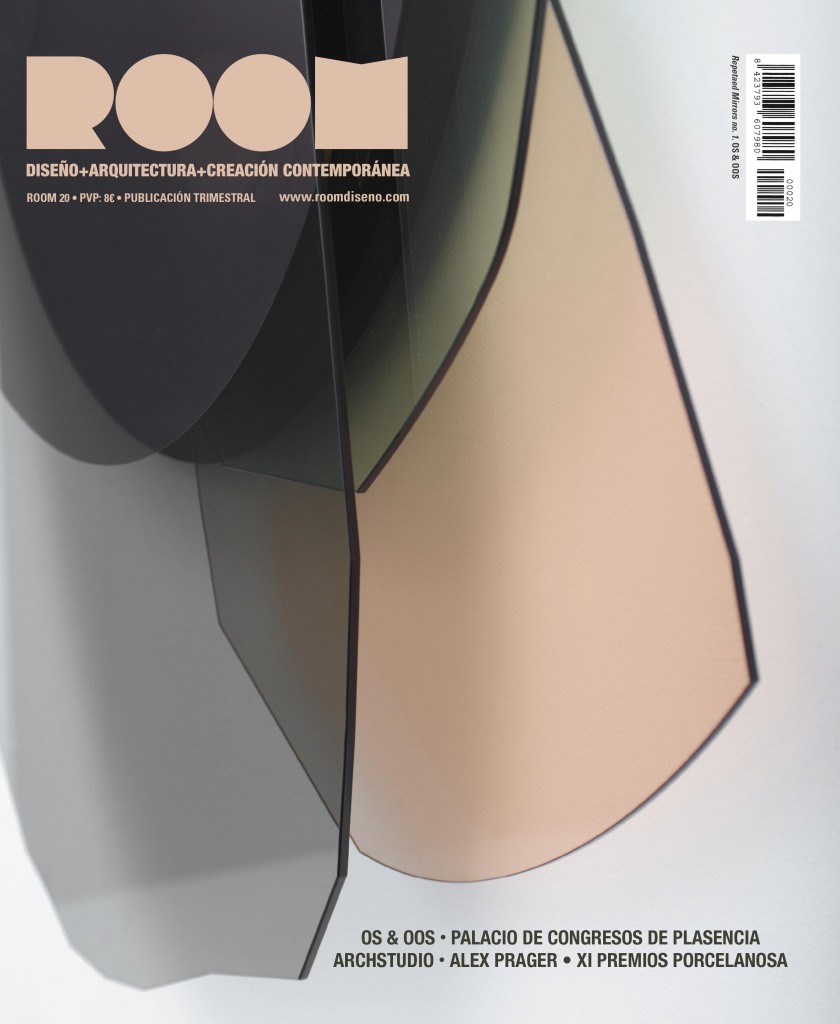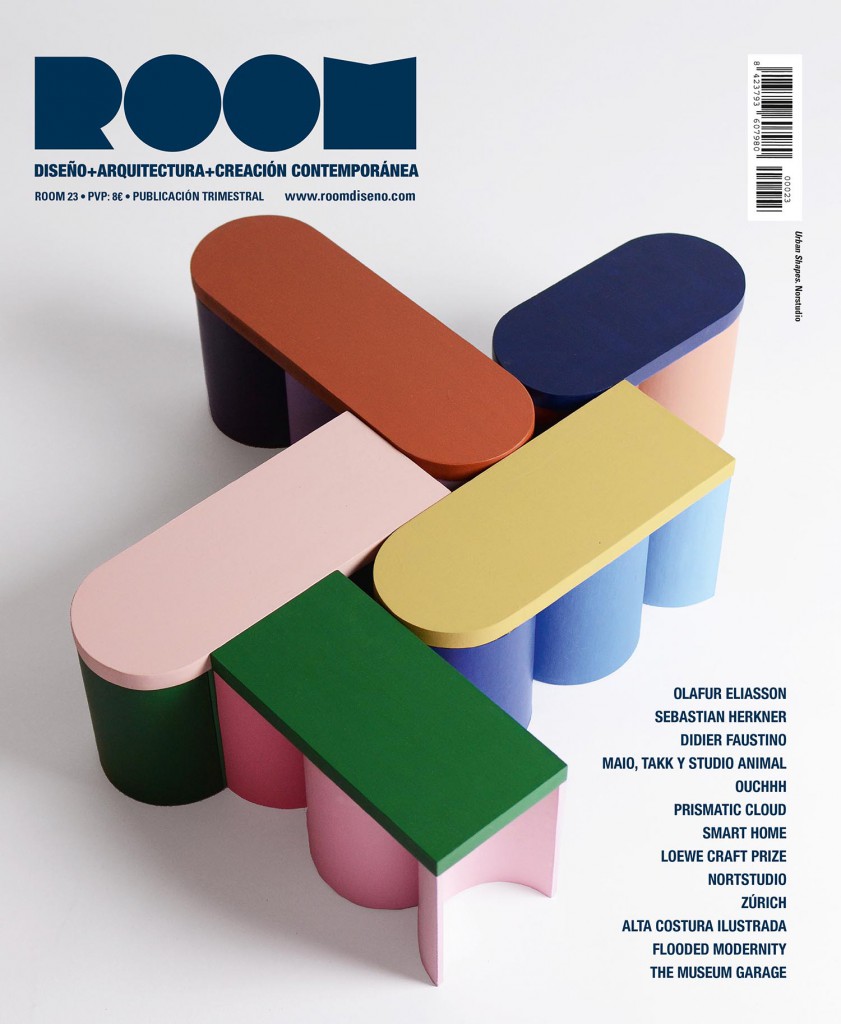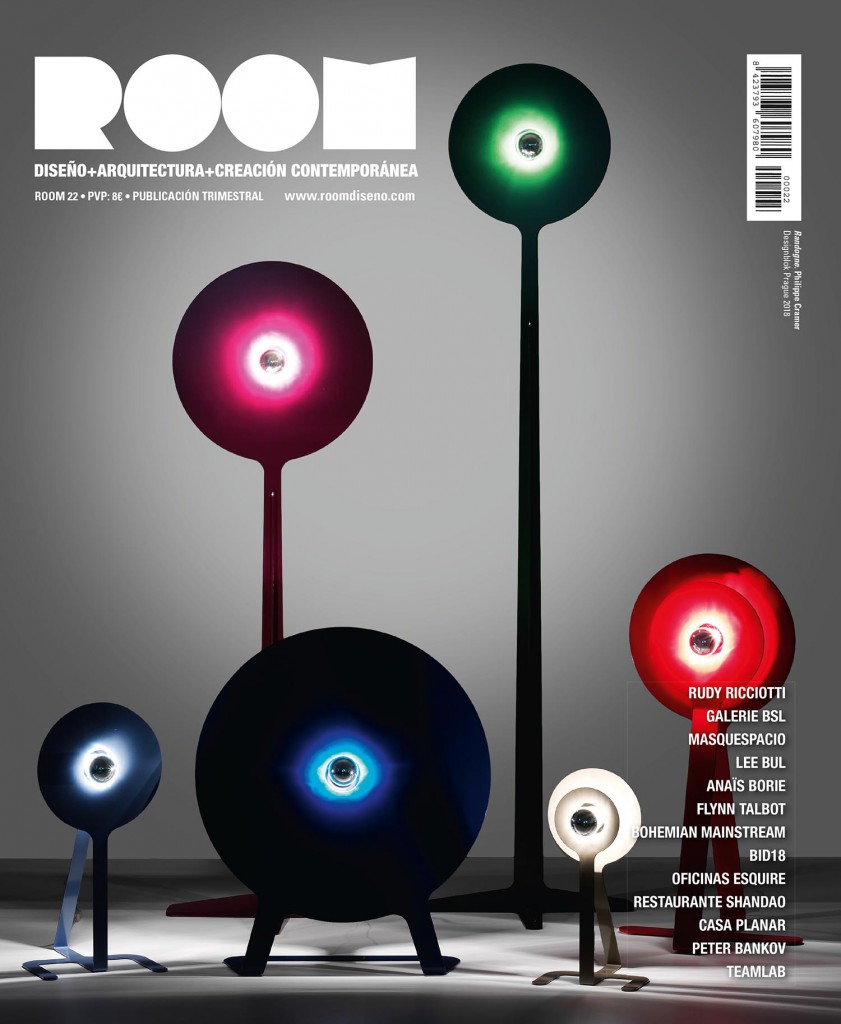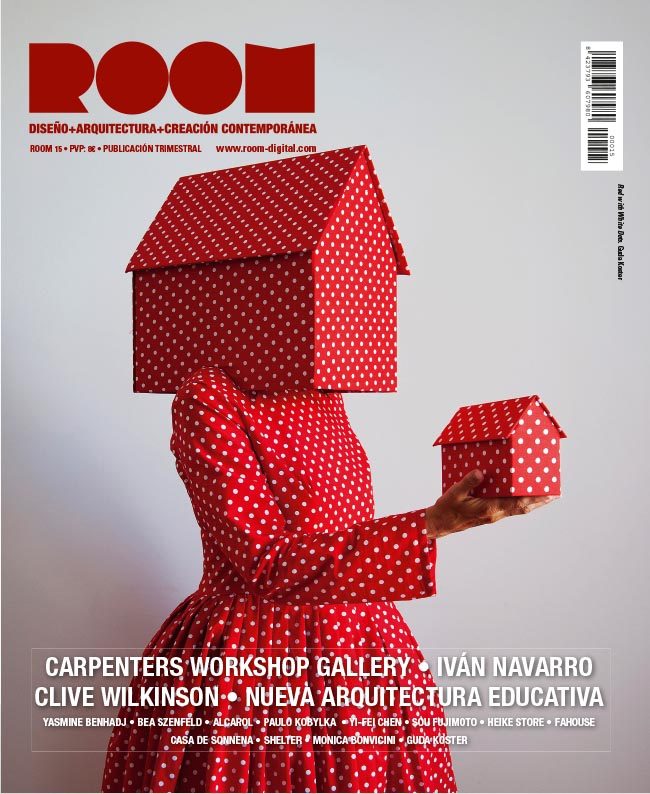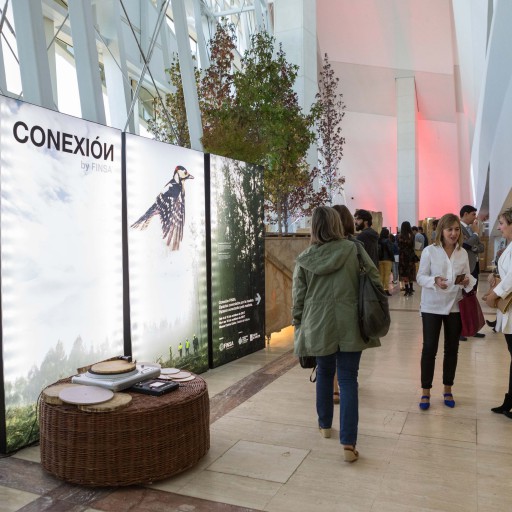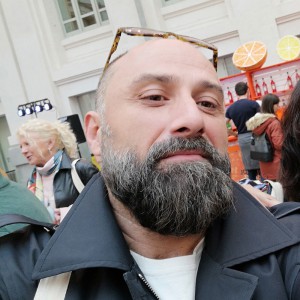
Antonio Jesús Luna is co-editor of the magazine ROOM Diseño which, since its first issue just seven years ago, has become one of the most notable publications on the Spanish design scene. This philologist arrived in the design and architecture world after many years working with words as a literary consultant, copy editor, editor, and critic. Antonio is also a board member of the DIMAD-Asociación de Diseñadores de Madrid, and teaches project communication and the history of design. Today we are connecting with the head of a magazine that is a true inspiration.
How does a philologist come to specialise in architecture?
When I started working at the architecture and design magazine REM (2004-2012), , I stopped being an admirer of design and architecture and started to build my own professional profile connected to these disciplines. You could say that my formal education was in philology but that my education in the field of design was more self-taught, spontaneous, and even undisciplined. But that doesn’t mean it was less solid.
How was ROOM Diseño born?
You could say that ROOM was a continuation of REM after it closed in 2012. At a time when every magazine was closing, the team that worked on REM decided that somebody had to keep publishing on paper, so we started ROOM.
Emero Arena is the art director of ROOM Diseño and my business partner, and he and I did some preparatory investigation work about the viability of launching such a risky project in 2012. It wasn’t just because of the economic crisis, but also because, at the time, there was a debate about the disappearance of paper. We were convinced that paper wasn’t going to disappear and took a chance on it, and it seems that time has proven us right. In fact, this debate no longer exists: some content goes to digital, but those that are here to stay, like anything to do with art, architecture, and design, have a solid medium in paper. There’s also the poetry of paper: the smell of the ink, the feel of it, the way you read it, the intimate “tempo” that the reader finds with printed information.
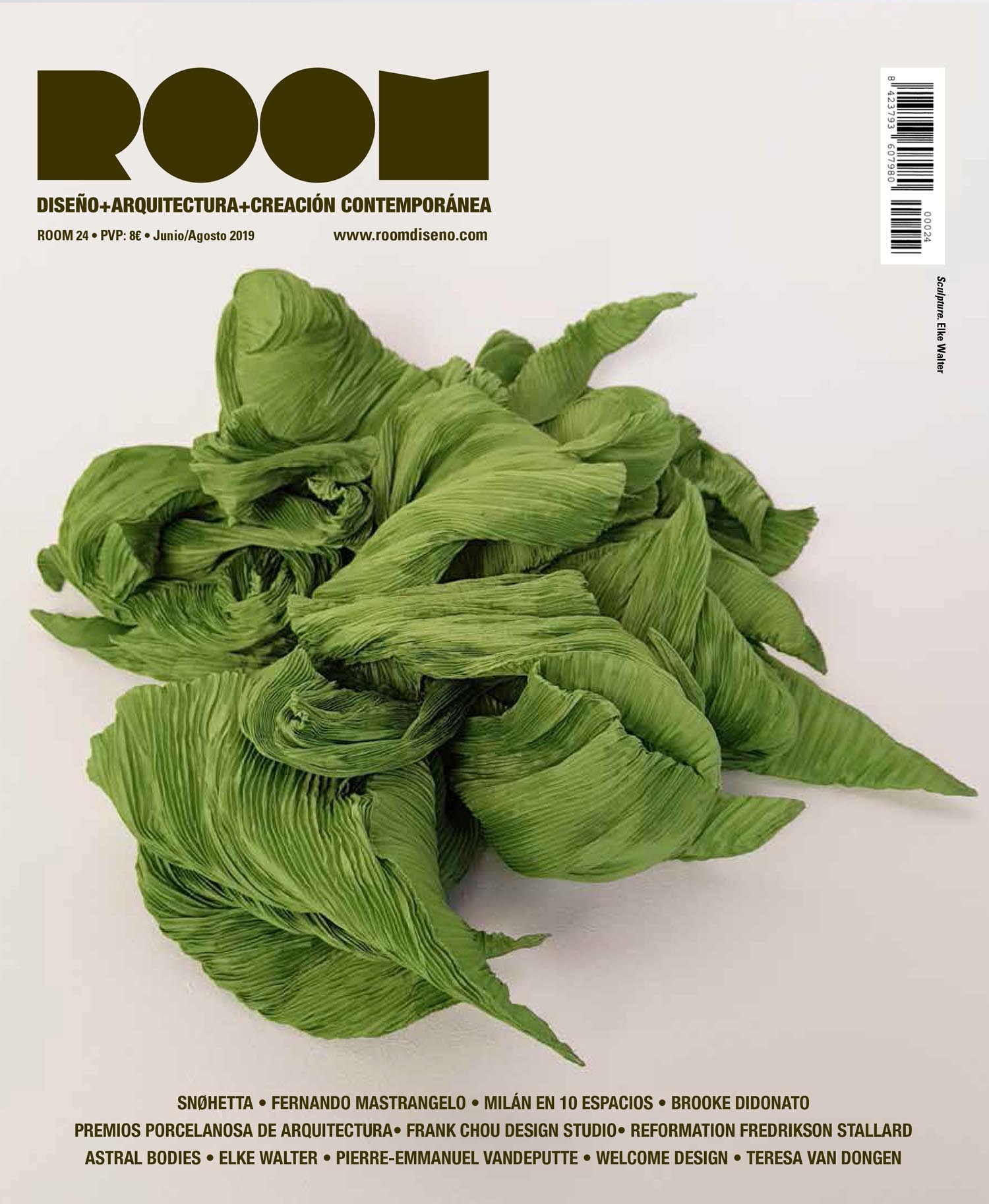
Did paper publications about architecture and design survive?
There used to be a lot more. Around 2012, there was a culling on the publishing scene due to the combination of the economic crisis and the paper/digital debate, which meant a very high percentage of magazines and even publishing companies disappeared. However, in the design and architecture field, there are publications that have not just survived but that have continued to grow. Paper has become a medium that provides credibility and prestige and which strengthens the image of a brand.
What is ROOM for you?
ROOM was designed to be a contemporary clipping, a space for new creative languages related to design, architecture, and art at their most experimental. ROOM focuses on the names and projects that are on the outskirts of innovation and the avant-garde, which allows to us raise awareness of disciplines such as food design, transmedia art, and the performing arts.
How does the analogue element of paper work with the digital element of the online magazine?
There is no clear border between analogue and digital. In this way, ROOM is an integral platform for us. In fact, the print edition is connected to our digital channels. There is no analogue vs digital focus, but rather it is all part of a global approach to communication. At ROOM, we are clear about the fact that paper has a different impact than the digital, which is why we use all online/offline tools to develop content and reach our readers using the greatest number of channels possible.
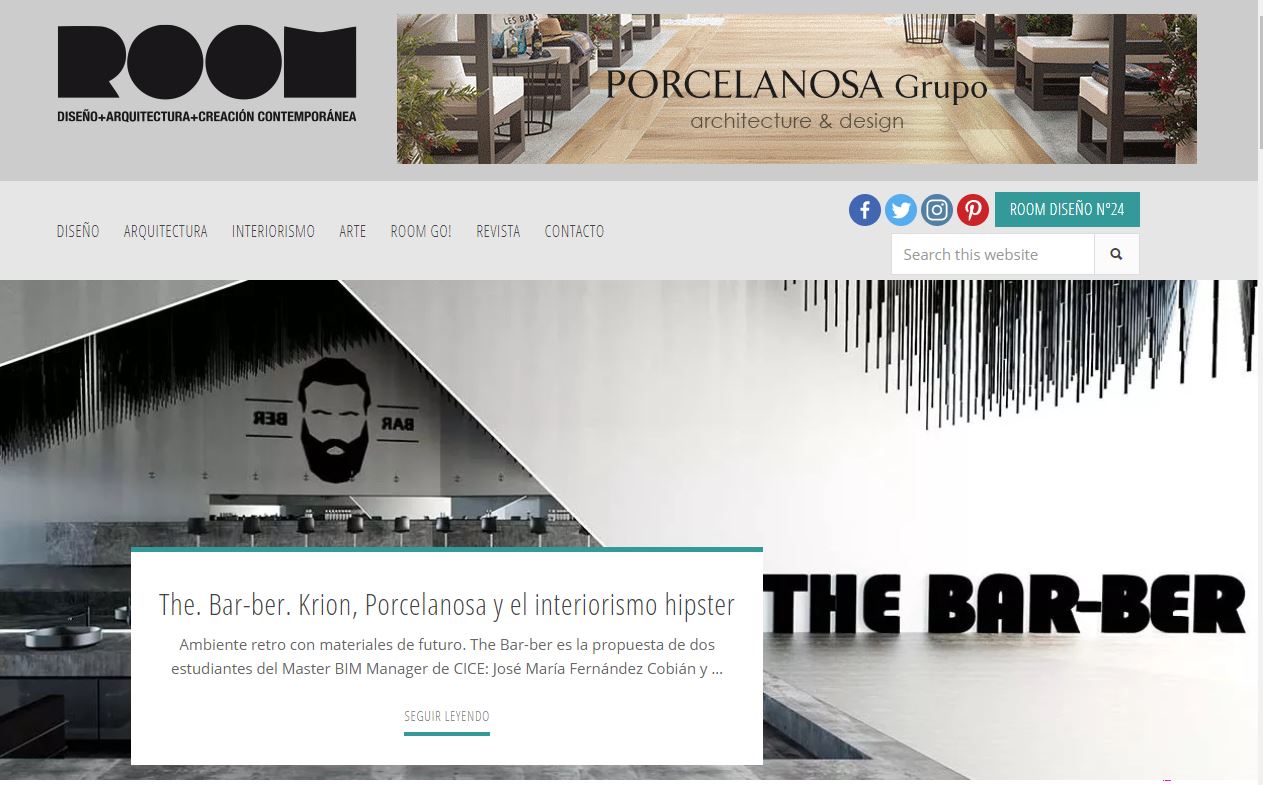
What is the working process like at ROOM and what is your role?
To get an edition off the ground, we have weekly content meetings in which we analyse projects that we have received from studios all around the world, as well as what we see online and on social media. Then we select the topics that align with our editorial line and we assign each to a collaborator. Our collaborators aren’t just experts in their field – they also have expressive skills that make sure an article constructs a certain emotional “narrative”, rather than just telling readers about a project.
My work involves setting out the editorial line together with Emerio Arena, and I also focus on the editing and revising process. I love being alone with the words. Two proof-readers, Alba Moon and Marisol Oviaño, also work with me, and they look after style so that the texts have emotion and energy.
During the seven year trajectory of ROOM, have any professionals you would like to interview “gotten away” from you?
Over the years we have managed to approach all the names that have interested us, but the British architect Peter Cook, one of the founders of the Archigram group, has so far resisted, though we have tried many times.
Can you name some other publications that you consult as a source of inspiration or that act as a reference for you?
In the digital world there are Dezeen and DesignBoom, and on paper there is Frame and Diseño Interior. At ROOM we get along well with all media and, even though our editorial line has a lot in common with other publications, we have a distinct spirit which has no competition or rivalry. There are also fewer and fewer paper magazines and we believe that we have to come together rather than compete.
Where is ROOM headed in the future?
Three years ago we put into motion what we call “Design in Action”. It consists of organising meetings and events such as talks and debates with designers and architects of international significance that we have interviewed for the magazine. It’s something we are developing more and more because it provides the satisfaction of coming face to face with somebody who is changing the course of design or architecture.
After so many years looking at and describing projects, what would you say is the definition of good architecture? What qualities must a good architect have?
Good architecture must respond to the needs of the people that live in it or use it, but it must also have an emotional component: it has to be useful on a physical level as well as an emotional one. You can also apply that to product design.
You teach written communication for projects to designers at the IED. When discussing the relevance of a good photo story for getting the word out about a project, Héctor Santos-Díaz pointed out, that since the economic crisis, those who weren’t worried about communications before the crisis have started to place value on it. Did the same thing happen to project description?
Putting aside the economic crisis, in general I see that students and young designers lack the ability to express themselves when they write, something that I think is related to writing not being part of basic education at primary and high schools. I work with designers to give them a series of tools for expression so that they can thoroughly explain the projects they are developing with emotion. I insist that the same energy and passion that they put into a project needs to show when they are explaining it. They can’t limit themselves to a series of data and jus presenting an object. They must create a dossier of communication that at the very least is exciting so that they can capture the attention of a journalist, if they want it to be in a magazine, or a publisher, they want someone to produce what they designed. Written communication needs to be just as noteworthy as the quality of the project we are telling someone about. Perhaps even more so.
As a teacher of the history of design at Francisco de Vitoria University, which period in history is your favourite?
There are two periods in history that fascinate me. On one hand, there’s everything that happened with the Bauhaus, because it was the launchpad for the concept of “design”. On the other hand, there’s everything that happened in the 60s, 70s, and 80s. That’s when the approach to an object started to be less rational and functional in favour of a more artistic and experimental attitude. It’s when design became an act of rebellion – aesthetic rebellion, social rebellion, even political rebellion.
You have also set into motion some transmedia literature projects. Taking into account the current level of development of digital media, has it reached the heights you expected it to?
Digital literature, transmedia literature, or expanded literature, is a discipline that combines coding and words. It’s developed by creators that work with words and all the creative possibilities that the current hypermedia culture allows to create pieces designed for the screen. These pieces are somewhere between a videogame, visual narration, and the poetic experience. A good example of this is the piece This is not a poem, by Alan Bigelow. Dadaists and futurists would have killed to have these technological resources a century ago, particularly the futurists.
Since I started to work with it in 2011, the discipline has evolved as digital resources are becoming increasingly more powerful. This means that artists, who are writers as well as programmers, start using new tools and creating new possibilities for this form of literary avant-garde. A lot of development has taken place, without a doubt, but it’s still cutting-edge, and vanguards have always been in the minority. Even though the rest of the world has access to this these types of creations because they are online, they are such openly outlandish ideas that they are destined for a small audience from the outset.
Of all your professional activities, which one do you most enjoy and why?
I think each of them provides me with something different. I love teaching because it results in mutual enrichment: you provide young people with the knowledge you have that they need, and they provide you with their vision of the world, of design, of architecture, which is completely different, unexpected and, in some cases, subversive.
Editing the magazine is also a fascinating job: constructing an issue or an article, its visual narration, revising the texts, that being alone with the words that I talked about before.


